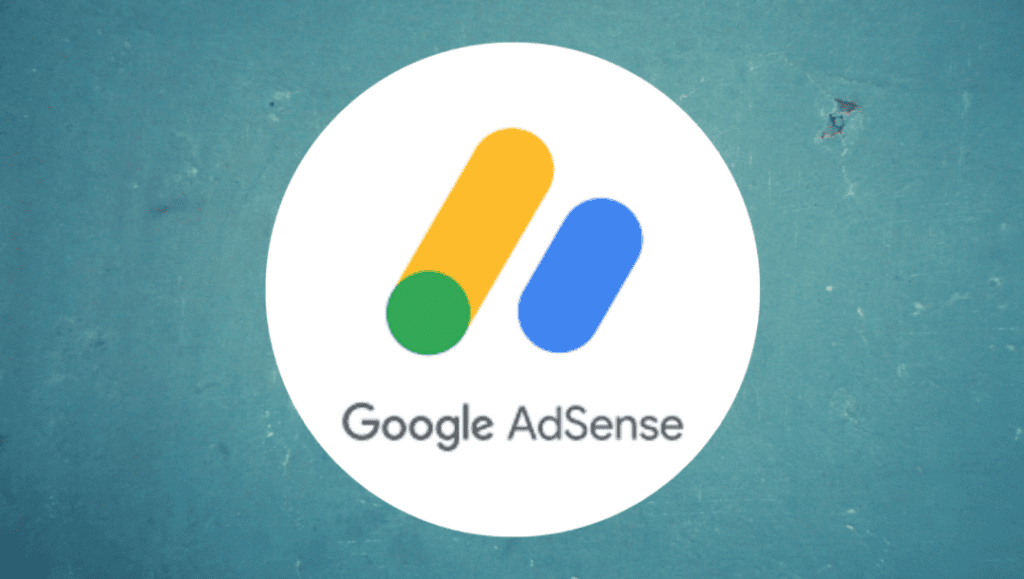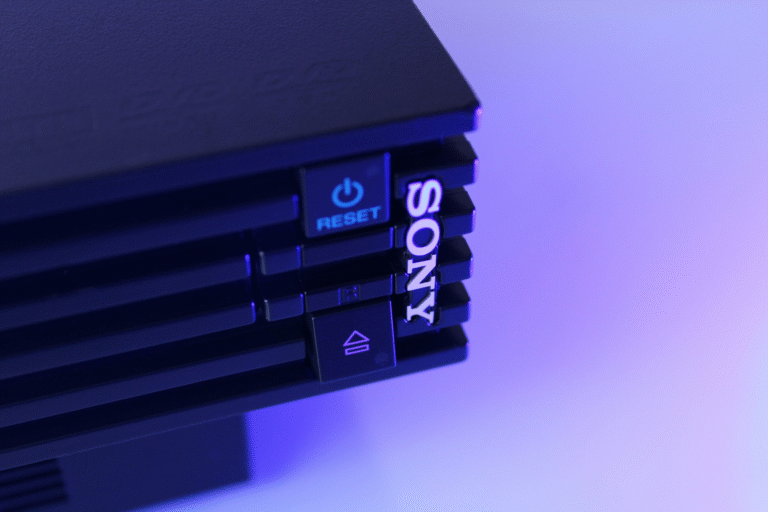
In the vast realm of online advertising, Google AdSense has long been a dominant force, providing publishers with a platform to monetize their content effectively. However, the digital landscape is ever-evolving, and several formidable alternatives to Google AdSense have emerged, offering diverse options for publishers looking to maximize their revenue streams. Let’s delve into the world of Google AdSense rivals, exploring their unique features and what sets them apart in the competitive online advertising sphere.
1. Media.net: Media.net is one of the largest contextual ad networks globally, powered by Yahoo and Bing. It offers contextual ads that seamlessly blend with website content, ensuring a natural user experience. With a vast pool of advertisers, Media.net provides competitive revenue opportunities for publishers.
2. Amazon Associates: Amazon Associates, an affiliate marketing program by Amazon, enables publishers to promote a wide array of products. With high conversion rates and a diverse selection of items, it’s an attractive option for content creators. Earnings are commission-based, offering a flexible way to monetize various types of content.
3. AdThrive: AdThrive specializes in providing premium ad management services, focusing on optimizing revenue for publishers. It offers personalized strategies, in-depth analytics, and a dedicated support team, making it an excellent choice for high-traffic websites and blogs aiming for maximum profitability.
4. Sovrn //Commerce (formerly VigLink): Sovrn //Commerce is a content-driven commerce platform that automatically monetizes product-related content. It dynamically converts existing product links into affiliate links, allowing publishers to earn commissions on sales. This solution seamlessly integrates with existing content, making it effortless for publishers to monetize product-focused articles.
5. PropellerAds: PropellerAds offers a range of ad formats, including push notifications, native interstitials, and smart links, catering to various audience preferences. With a user-friendly interface and real-time reporting, it provides publishers with the flexibility to experiment with different ad formats and optimize their revenue streams.
6. RevContent: RevContent is a content discovery platform that focuses on native advertising. It delivers highly engaging sponsored content, seamlessly blending with a website’s layout. RevContent offers customizable widgets, allowing publishers to match the ad appearance with their site’s aesthetics, resulting in a cohesive user experience.
7. Infolinks: Infolinks provides innovative ad solutions, including in-frame, in-tag, in-text, and in-fold ads. Its unique approach ensures non-intrusive ad placements, maintaining the user experience while generating revenue. Infolinks’ diverse ad offerings cater to publishers looking for creative ways to monetize their content.
8. BuySellAds: BuySellAds acts as a marketplace connecting advertisers with publishers directly. It offers transparency and control, allowing publishers to negotiate ad placements and pricing directly with potential advertisers. This platform is ideal for publishers seeking a hands-on approach to monetizing their digital real estate.
9. AdRecover: AdRecover addresses the rising issue of ad-blocker usage by implementing a polite ad-recovery strategy. It displays custom messages to users with ad-blockers, encouraging them to whitelist the site or engage with non-intrusive ads. AdRecover helps publishers recover lost revenue due to ad-blockers while respecting users’ preferences.
10. ShareASale: ShareASale is a prominent affiliate marketing network that connects publishers with a vast array of merchants across diverse industries. It offers a user-friendly interface, detailed reporting, and timely payments. ShareASale’s extensive merchant network provides publishers with a plethora of products and services to promote, catering to various audience interests.
In conclusion, the realm of Google AdSense rivals is rich and varied, offering publishers an array of options tailored to their specific needs and preferences. Each platform brings unique strengths to the table, ensuring that publishers can diversify their revenue streams and maximize their earnings in the dynamic world of online advertising. Choosing the right alternative requires careful consideration of the target audience, content type, and desired user experience, empowering publishers to make informed decisions and thrive in the digital landscape.











